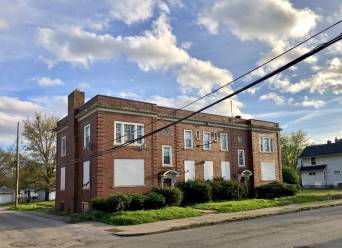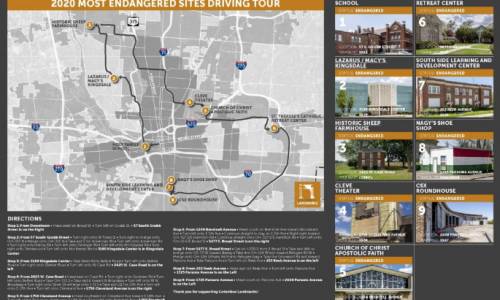2020 Most Endangered Sites
This list represents an immediate opportunity to create a more
SUSTAINABLE, CREATIVE and CULTURALLY DYNAMIC Columbus.
2020 Most Endangered Sites Former Lazarus Kingsdale Year Built: 1970 Address: 3180 Kingsdale Center, Upper Arlington, OH 43221 Original Building Use: Department Store Owner: The Kroger Company The Lazarus Department Store was founded in downtown Columbus in 1851. This structure is a good example of the suburban Lazarus store design of the mid-20th century. The entrance is emphasized by three ground-to-roof bays of pebble-embedded rock defined by New Formalism style white pilasters and arches. Designed using the same glazed multi-colored blue bricks as the Lazarus Eastland and Northland stores, these materials were selected “not only for their handsome color and sparkle, but for…
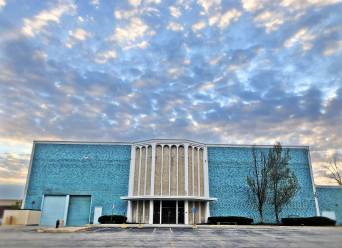
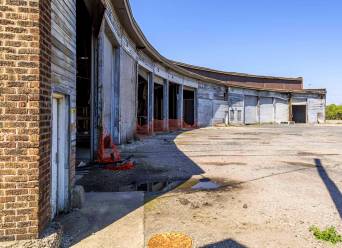
2020 Most Endangered Sites C&O Roundhouse Year Built: 1927 Address: 2600 Parsons Avenue, Columbus, Ohio 43207 Owner: CSX Transportation The Chesapeake & Ohio Railroad built a receiving yard on the South End of Columbus, and a 27-bay brick roundhouse serviced by a 115-foot turntable in 1927. During the 1950s, as diesel locomotives replaced steam locomotives, portions of the roundhouse at Parsons Yard were closed and unused bays torn down. Today 15 bays remain and some are used by CSX for storage and garages. The Parsons Yard Roundhouse is one of the last few in Ohio with a turntable. Why is this site…
2020 Most Endangered Sites Historic Sheep Farmhouse Year Built: c1880s Address: 2425 W. Case Rd., Columbus, OH Original Building Use: Residence Owner: City of Columbus One of the oldest remaining structures in Northwest Columbus, this brick farmhouse is an important example of rural architecture and sits on a 58-acre parcel purchased in 2019 for creation of a new city park and community hub. Originally owned by William F. and Maude Lane, the house is a simple Federal style with windows that are three-ranked (three windows across on the second story with two windows and a door on the first story), stone lintels, and…
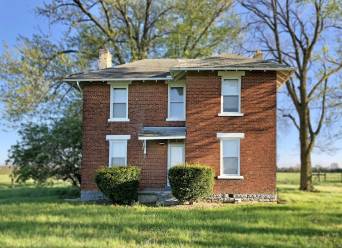
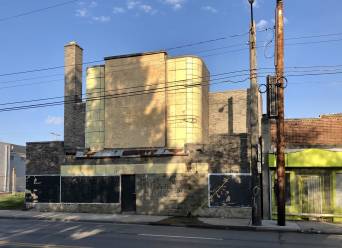
2020 Most Endangered Sites Cleve Theatre Year Built: 1938 Address: 1750 Cleveland Ave., Columbus, OH 43211 Original Building Use: Theatre Owner: Joshuas Integrity LLC The Art Deco style Cleve Theatre was designed and built by F & Y Construction Company (Leo Yassenoff), and operated as a movie house until 1964. The center section of the front tower featured glass block with a large motorized color unit that projected vertical bands of color. The auditorium featured Hollywood-themed murals that were later installed at the Indianola Theatre (now Studio 35.) The Cleve was built to an original seating capacity of 700 seats at a time…
2020 Most Endangered Sites Holy Family School Year Built: 1913 Address: 57 S. Grubb Street, Columbus, OH 43215 Original Building Use: School Owner: Catholic Diocese of Columbus Holy Family School was about to open in 1913 when the Great Flood overwhelmed Franklinton and the surrounding area. The basement flooded but the school provided refuge for many from lower ground. The school was designed in a Romanesque Revival style with ornamental parapets. The school was built to serve the Holy Family Parish on W. Broad Street. An addition to accommodate growing enrollment was completed in the 1930s. Holy Family School closed in the…
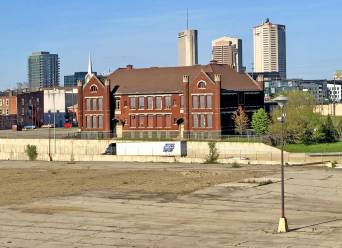
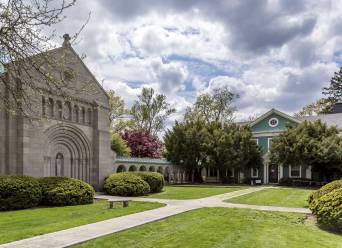
2020 Most Endangered Sites St. Therese’s Retreat Center Year Built: 1931 Address: 5277 E. Broad Street, Columbus, OH 43213 Owner: Catholic Diocese of Columbus St. Therese’s Retreat Center has offered hospitality for group spiritual retreats for almost 90 years. The retreat center was established as a quiet and restful place of peace by Bishop James J. Hartley, who was ordained to the priesthood by Bishop John A. Watterson in 1882 in St. Joseph Cathedral and installed as Bishop of Columbus in 1903. The 8-acre retreat center features a Romanesque style stone chapel modeled after small European churches, 54 bedrooms, outdoor Stations of…
2020 Most Endangered Sites Nagy Brothers Shoe Repair Year Built: 1948 Address: 1725 Parsons Avenue, Columbus, Ohio 43207 Original Building Use: Service Station, Bakery Owner: Joseph A. Nagy Trustee Nagy Brothers Shoe Repair is an unassuming, diminutive, single-story, painted brick and block building with intact original interior fixtures. The northern section (with peaked roof) is c1920s and was an automobile service station and later a bakery. Joseph and Steve Nagy, both deceased, purchased the building just after World War II, added on to the building, and operated Nagy Brothers Shoe Repair for 63 years along the Parsons Avenue Business Corridor of Columbus’ South End. Joseph Nagy walked a block from his Hungarian Village home to this…
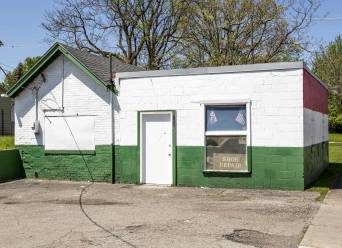
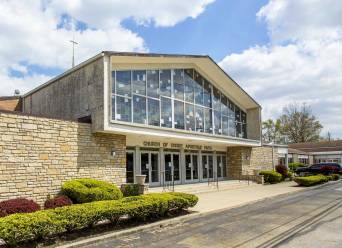
2020 Most Endangered Sites Church of Christ of Apostolic Faith Year Built: 1965 Address: 1200 Brentnell Ave., Columbus, OH 43219 Owner: Church of Christ of Apostolic Faith Amidst a country rife with conflict over racial inequalities, the Brentnell Church (as it is also known) served as a beacon for African American religious communities around the country. The church was designed with an eye to the future and to accommodate growth of the Church of Christ of Apostolic Faith congregation that was established in 1910. The building was designed by Sylvester C. Angel, who was in partnership with Leon Ransom, Columbus’s only other…
2020 Most Endangered Sites South Side Learning and Development Center Year Built: 1926 Address: 253 Reeb Avenue, Columbus, OH 43207 Original Building Use: Day Nursery Owner: City of Columbus Local philanthropist Mrs. W. A. Miller funded this building in 1926 for the South Side Day Nursery. This handsome two-story, brick Colonial Revival style building features a flat roof parapet, dentil molding, corner quoins, twin round-arched entries and round accent windows. Today, South Side Early Learning is an anchor tenant of the neighboring Reeb Avenue Center and remains dedicated to ensuring that every child benefits from a holistic, high-quality education. Why is this site…
